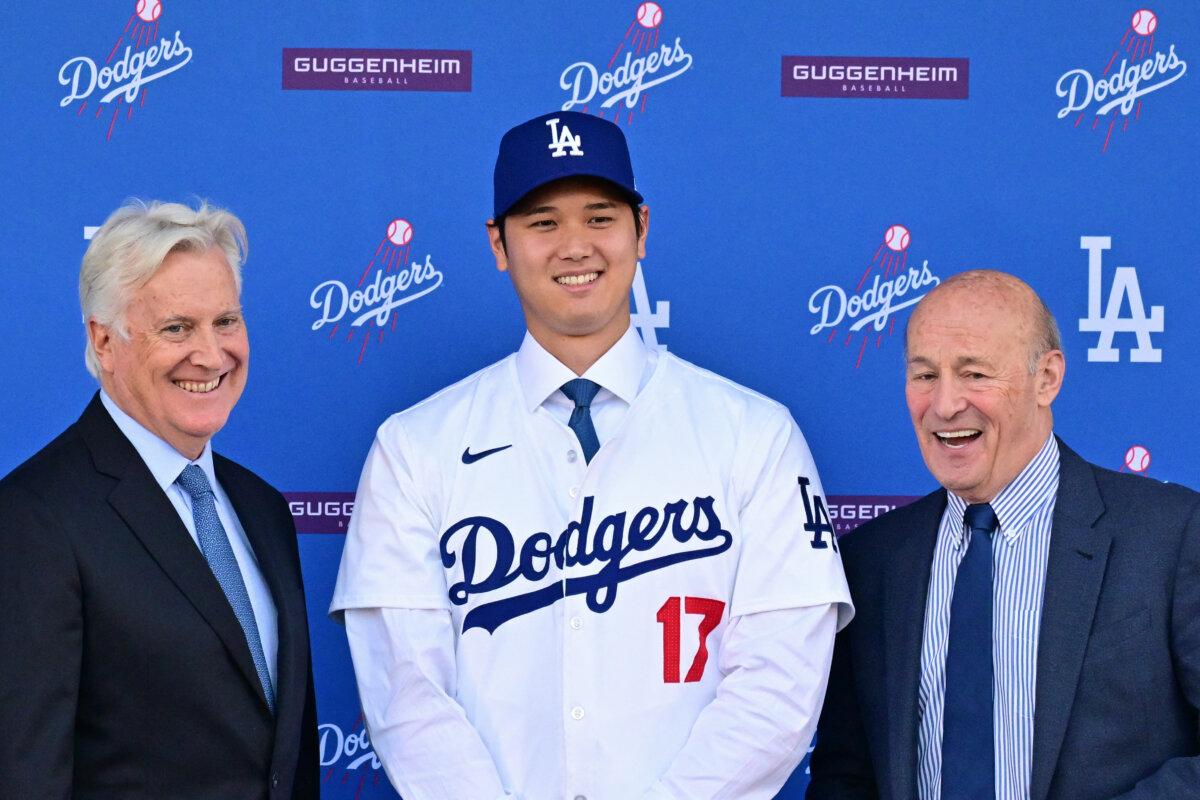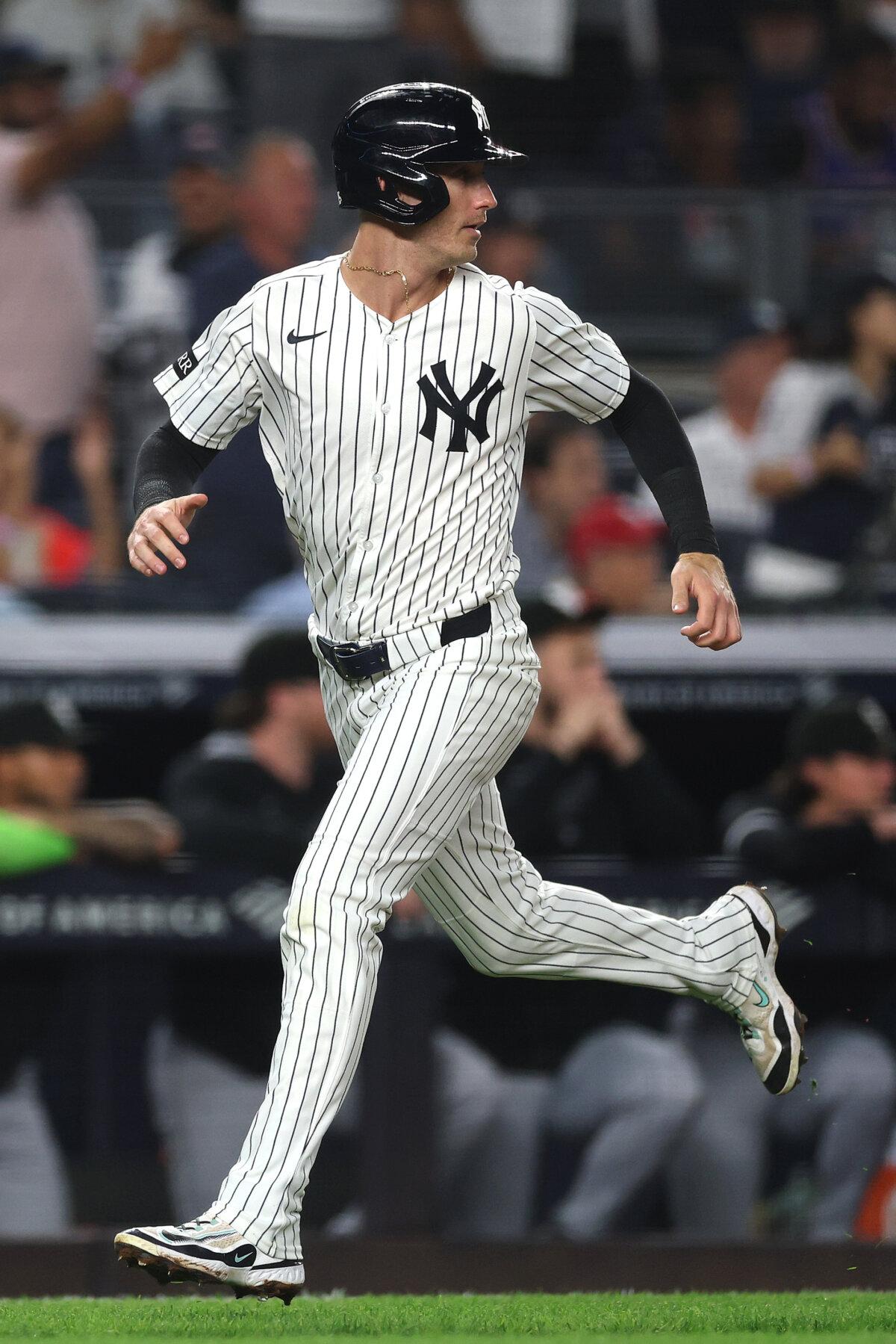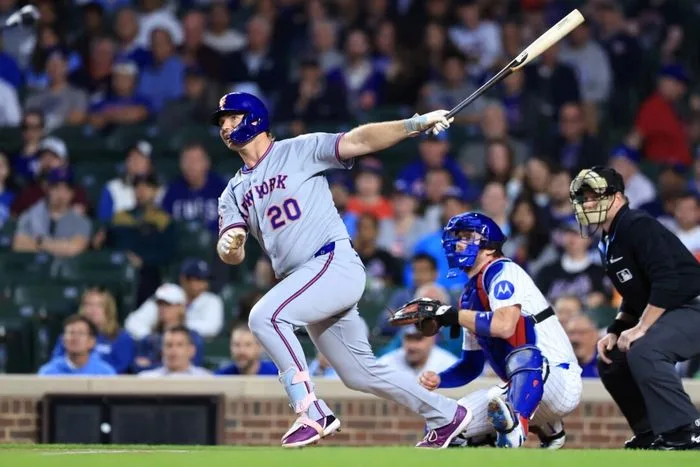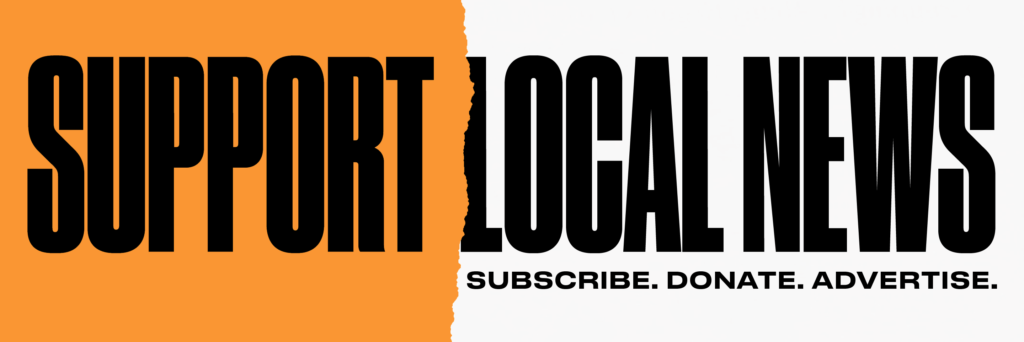By Donald Laible
Let the spending begin.
For many MLB executives and fans, during the next few weeks, they will all become better multitaskers. Their concentration will be split between the progression of the postseason and which clubs could be courting would-be free agents.
If the World Series should go to Game 7 on Nov. 1, five days later, players looking for new contracts with new clubs could sign on the dotted line. Within the first five days after the Fall Classic, clubs have an exclusive window to attempt to re-sign their own players, then all 29 other MLB franchises could dangle dollars to whoever they feel will help their rosters.
Team budgets play heavily when considering what positions they need to upgrade, and if the player’s demands could work financially for them. For some, it seems not too long ago that baseball saw its first-ever $1 million per-season contract signed. Hall of Fame pitcher Nolan Ryan entered the 1980 season with the Houston Astros, his 14th in the big leagues and after seven seasons with the California Angels. His four-year, $4.5 million contract created a new benchmark for free agent salaries. The average MLB player salary in 2025 is $5.2 million.
Today’s top two highest player salaries are anything but average. Los Angeles Dodgers’ Shohei Ohtani is the game’s highest-paid player with a salary of $70 million. Trailing Ohtani’s 10-year, $700 million contract signed in December 2023 is New York Mets’ Juan Soto’s agreement, inked last December. Soto left the New York Yankees after the 2024 season and was welcomed across town by Mets’ owner Steve Cohen with a 15-year, $765 million deal—the largest ever given in professional sports history.

For a certain number of clubs flush with cash, they will not take no for an answer. Others, in smaller markets, usually pump the brakes on the higher-profile superstars and wait out the seasoned veterans for a much lower cost to their payroll.
Payrolls run the gamut from the Mets’ highest at $323 million-plus to the smallest payroll of just over $67 million presented by the Miami Marlins. Smart scouting and an overload of analytic information from a team of statistical “investigators” are how clubs determine who best fits their needs and is the player affordable for them.
Although 12 of the 30 MLB clubs will qualify for the postseason, the other 18 home for the off-season are already prepping for the sales pitches they will present to would-be new hires. There are some players who have opt-outs in their current contracts who are likely to exercise this right, and once again test the free agent market. The top candidates to declare free agency and opt out of the deals they currently agreed to are Cody Bellinger of the New York Yankees and Mets’ first baseman Pete Alonso.
Alonso, 31, last February, just prior to spring training camp gates swinging open, signed a two-year contract with New York. The $54 million deal included an opt-out for the 2026 season. Looking to increase his projected 2026 salary of $24 million, Alonso is expected to test the market. Just as last winter, when Cohen personally got involved in Alonso’s contract talks to seal a deal, it appears this could be a repeat performance from the club’s owner to get a long-term agreement. It’s hard to picture Alonso trading uniforms after seven seasons in New York, and earlier this season becoming the franchise’s all-time home run king.
Bellinger is another interesting player to follow, after the Yankees complete their postseason competition. After being traded last December by the Chicago Cubs, Bellinger, 30, came to the Yankees on a contract that still had two years and $52.5 million remaining. An option for $25 million is on the table for 2026. Being able to handle first base and outfield, Bellinger seems extremely comfortable this season, along with Aaron Judge and Trent Grisham, defensively, to want to upset this chemistry. Offensively, Bellinger’s 29 home runs and 98 RBIs going into Sunday’s season finale are a byproduct of being with the right club at the right time. He may get higher money offers outside of the Bronx, but if he does, will that club be as close to being a World Series champion as the Yankees?

After two seasons with the Baltimore Orioles, right-handed starting pitcher Zach Eflin became an unrestricted free agent for the 2026 season. With his 2025 salary north of $13 million, at age 31, Eflin will likely be in store for a pay decrease. Orioles’ principal owner David Rubinstein came aboard in 2024 and has as deep of financial pockets as any owner. Rubinstein could want to make a statement to Baltimore’s fan base by stepping in and re-signing Eflin.
Kyle Tucker, currently with the Cubs, could be accepting offers from clubs in the $300 million to $400 million range. The four-time all-star, after seven years with the Houston Astros, is positioned to receive multiple clubs requesting his service. After a slow start this season, Tucker’s play is peaking as the Cubs prepare for their Wild Card Series opponent San Diego Padres.
Alex Bregman of the Boston Red Sox may test free agency, but in the end, Fenway Park could be his baseball home, again, next season. After agreeing to a three-year deal last February with the Red Sox for $120 million, Bregman installed an opt-out clause for 2026 and 2027 in his contract. In the 114 games played in 2025, Bregman has been solid in the field (9 errors) and consistent at the plate (18 home runs), and a more accommodating ballpark at this stage of his career would be a difficult match.
Unrestricted or restricted—however a free agent is classified for the upcoming 2026 season, it’s a given that uniforms will be traded, opt-ins and opt-outs will be exercised. Baseball’s rich will get richer, all in the name of building a winning club, come February when spring training camps put out their “Open for Business” signs.






